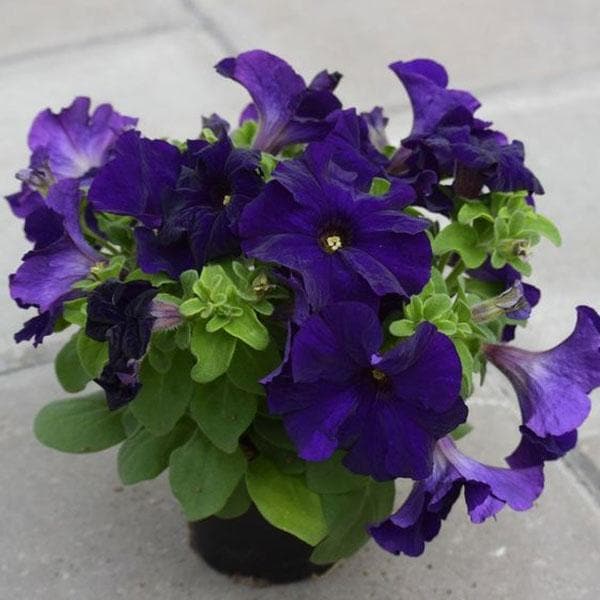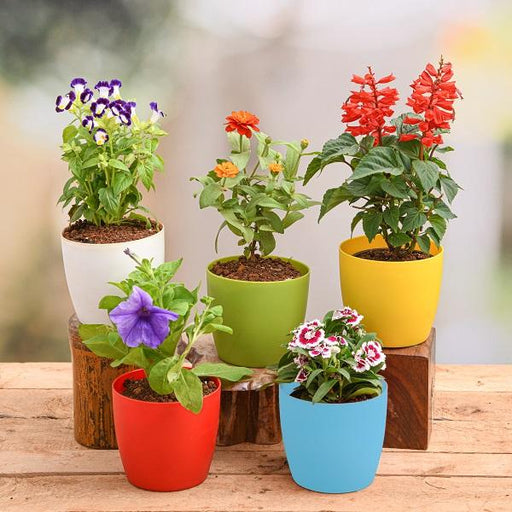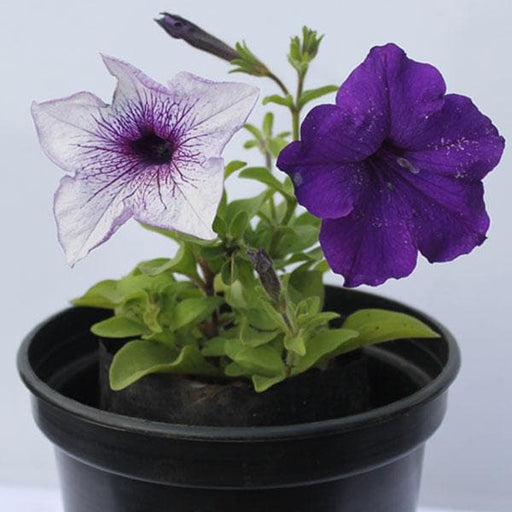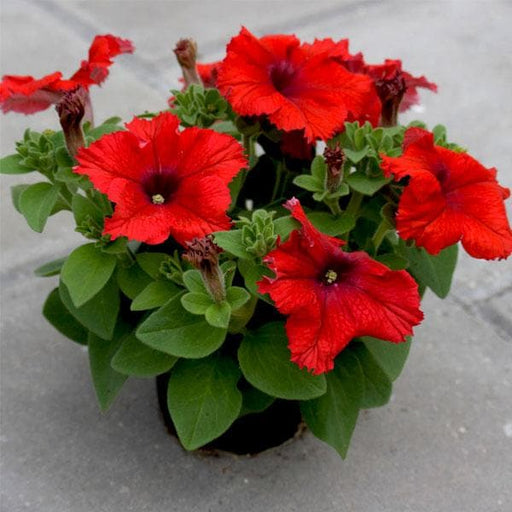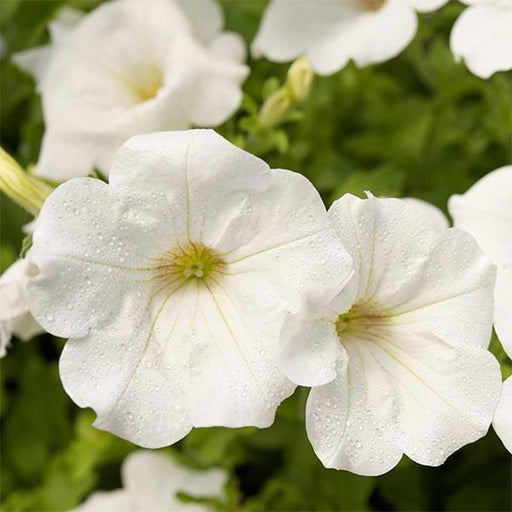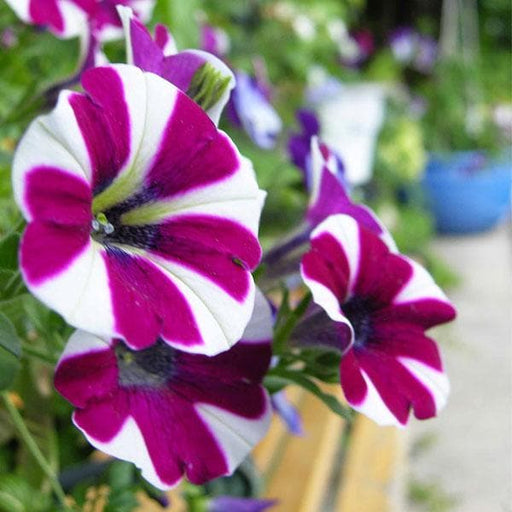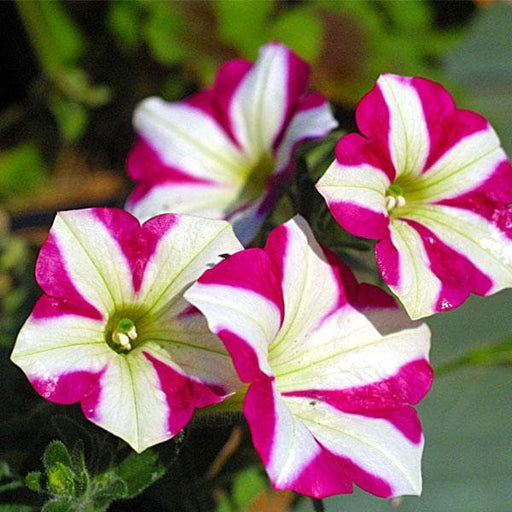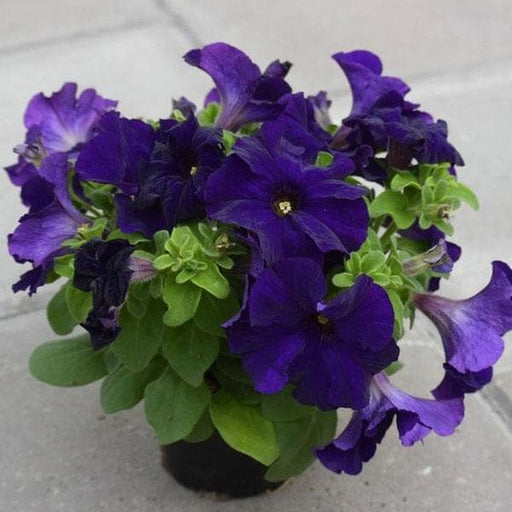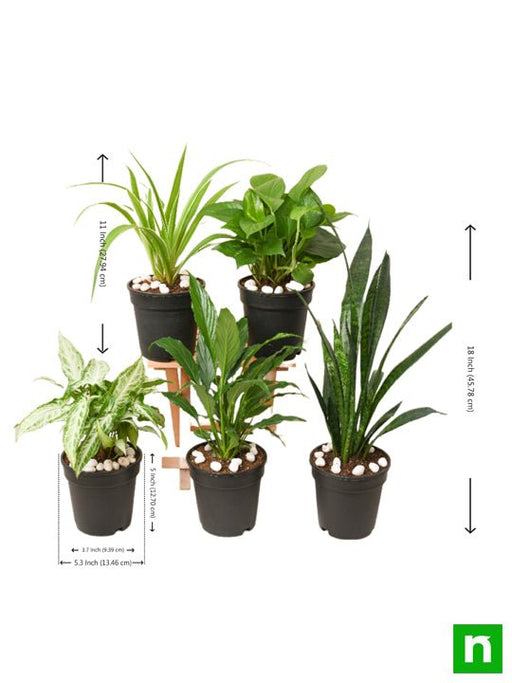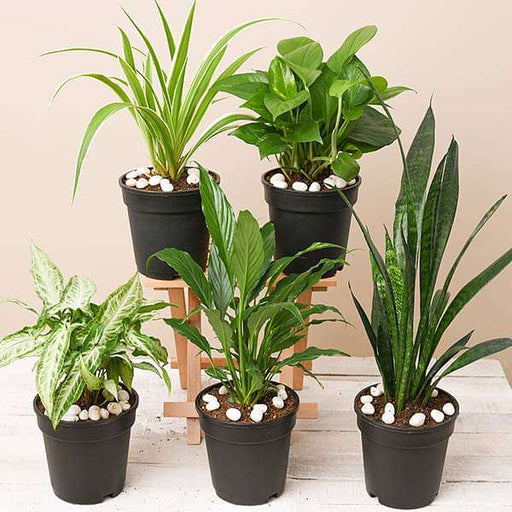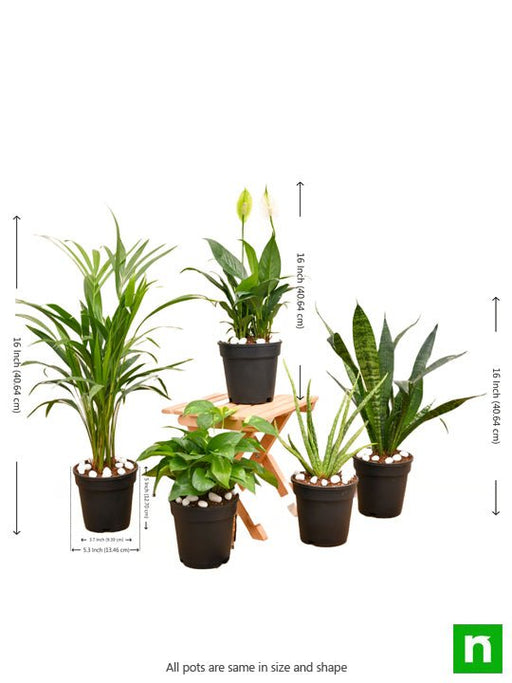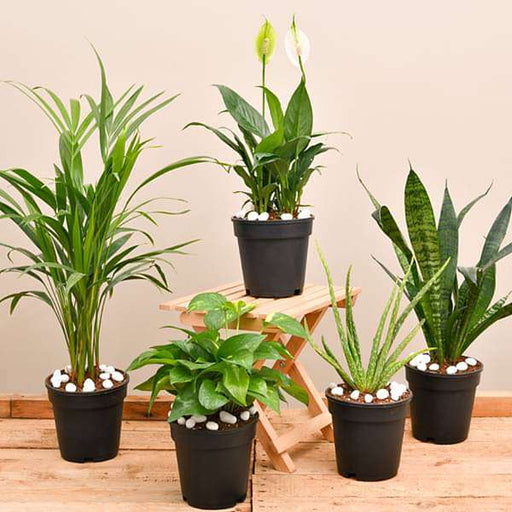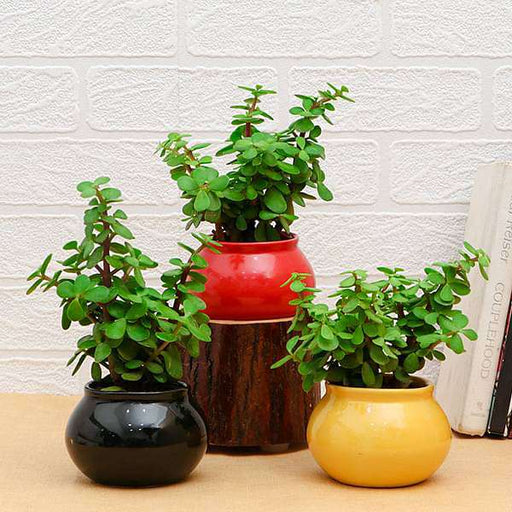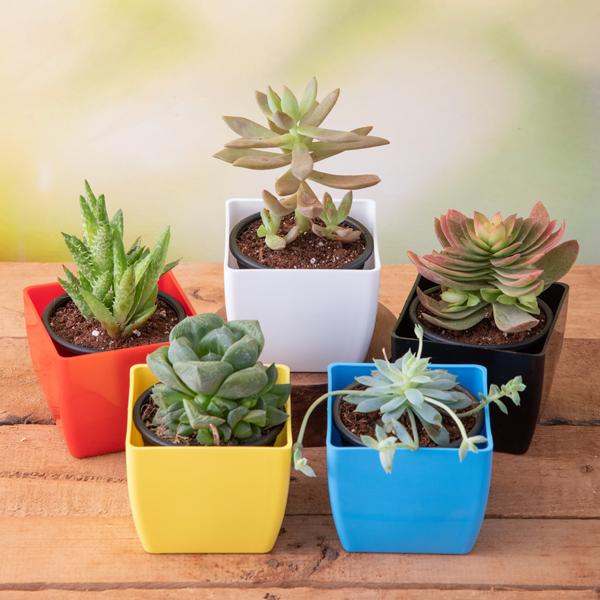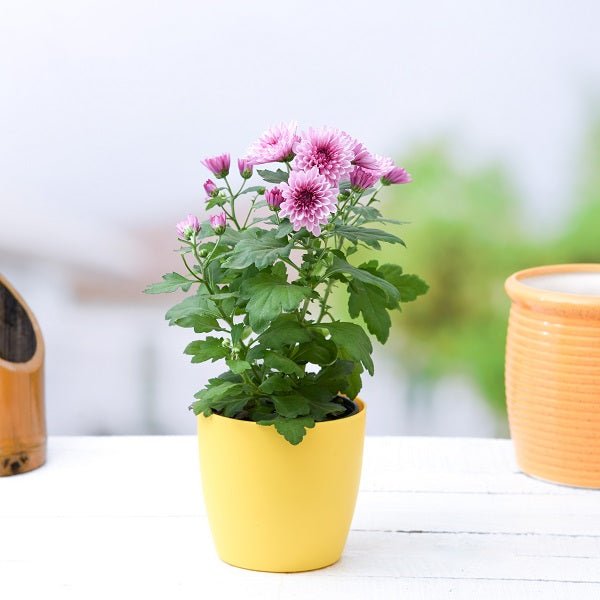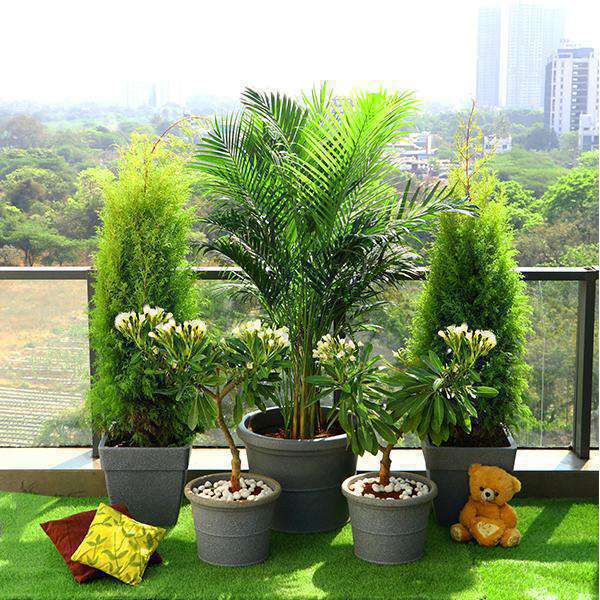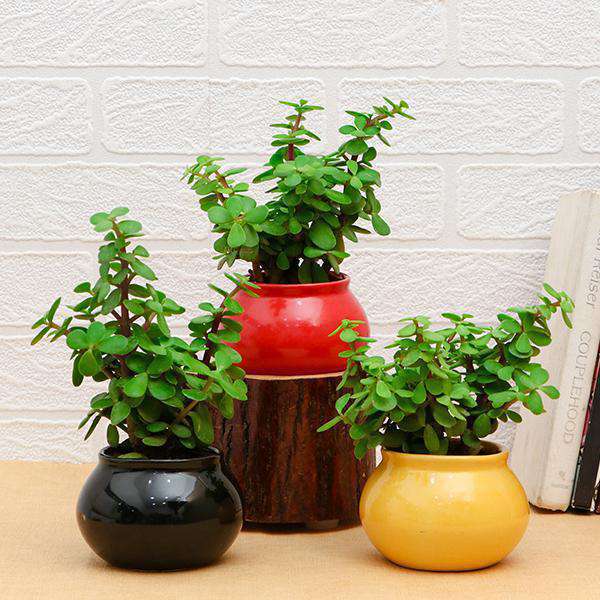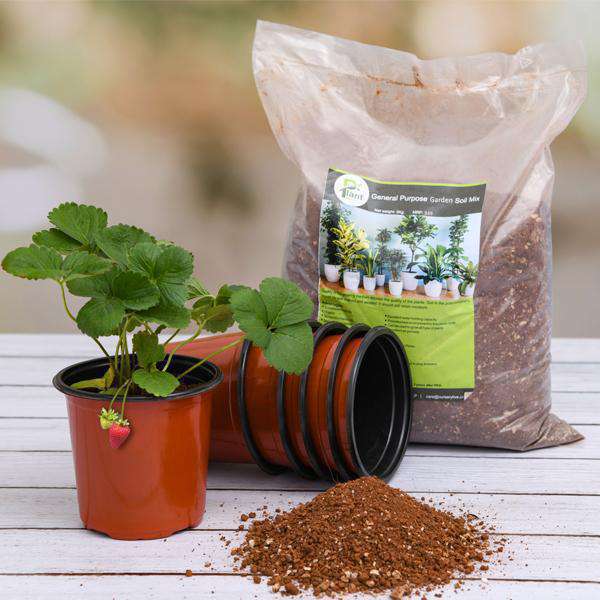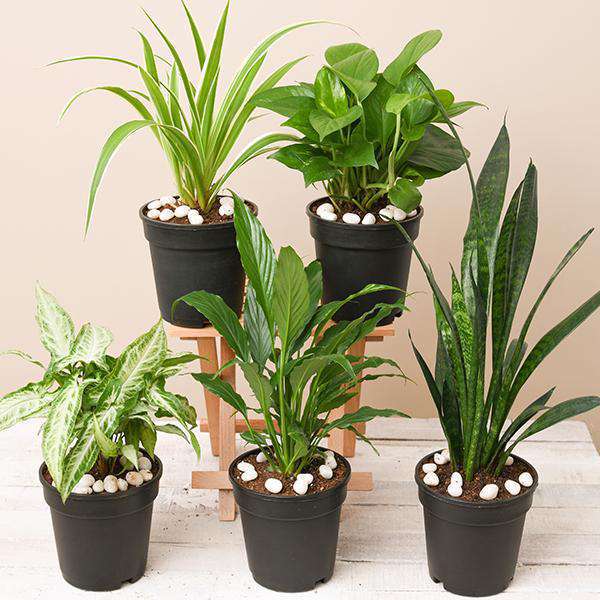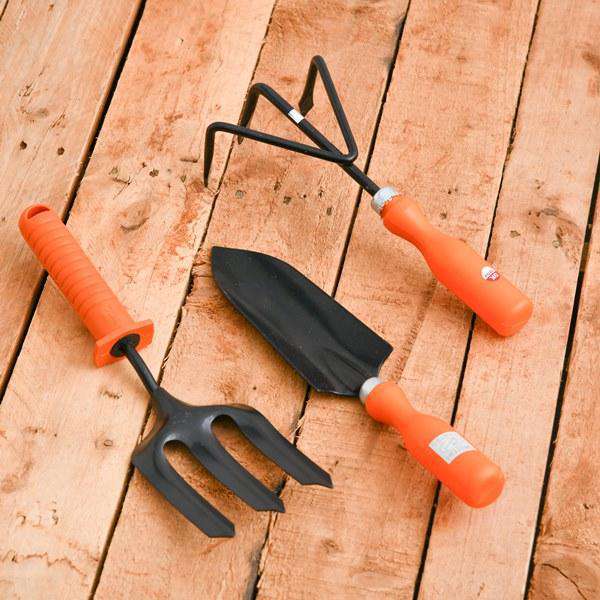Petunia Varieties
When it comes to petunias, variety is the spice of life! From the classic Grandiflora to the charmingly compact Multiflora, each type brings its own flair to your garden. Whether you’re looking for a show-stopping centerpiece or a subtle border, there’s a petunia variety that’s just waiting to steal the spotlight. With colors ranging from vibrant purples to soft pastels, these floral divas know how to make an entrance.
Growing Petunias
Growing petunias is like hosting a garden party where everyone is invited! These beauties thrive in well-drained soil and love basking in the sun. Just remember to water them regularly, but don’t drown them—petunias prefer a light sip over a full-on swim. With a little TLC, you’ll have a riot of color that’ll make your neighbors green with envy.
Petunia Care Tips
Caring for petunias is easier than finding a cat video online! Regular deadheading will keep them blooming like there’s no tomorrow, while a balanced fertilizer will ensure they’re the life of the garden party. Just keep an eye out for pests; aphids can be the uninvited guests that crash your floral bash.
Petunia Colors
Petunias come in a kaleidoscope of colors that could make a rainbow blush! From deep violets to sunny yellows, these flowers are the ultimate mood lifters. Want to create a stunning display? Mix and match colors for a vibrant tapestry that’ll have your garden looking like a painter’s palette.
Petunia Planting Guide
Planting petunias is like setting the stage for a floral performance! Choose a sunny spot, prepare the soil, and give them enough space to spread their petals. Follow the planting guide, and soon you’ll have a garden that’s the talk of the town.
Petunia Pests
Petunia pests are like the party crashers of the plant world! Aphids, slugs, and spider mites can wreak havoc on your floral fiesta. But fear not! A little neem oil or insecticidal soap can send these uninvited guests packing, ensuring your petunias remain the belle of the ball.
Petunia Fertilization
Fertilizing petunias is like giving them a gourmet meal! A balanced fertilizer every few weeks will keep them thriving and blooming like there’s no tomorrow. Just don’t overdo it; too much food can lead to leafy growth at the expense of those gorgeous flowers.
Petunia Propagation
Propagating petunias is like cloning your favorite rock star! You can take cuttings and root them in water or soil, creating a whole new generation of floral superstars. With a little patience, you’ll have a petunia army ready to take over your garden.
Petunia Companion Plants
Pairing petunias with companion plants is like forming a supergroup in the garden! Marigolds, lobelias, and geraniums make excellent partners, enhancing each other’s beauty while keeping pests at bay. Together, they create a harmonious garden that’s both stunning and functional.
Petunia Seasonal Care
Seasonal care for petunias is like preparing for a wardrobe change! In spring, it’s all about planting and nurturing, while summer calls for regular watering and deadheading. As fall approaches, you might want to consider bringing them indoors to keep the party going all year round.
Petunia Landscape Design
Incorporating petunias into landscape design is like adding the perfect accessory to an outfit! They can brighten up borders, fill in gaps, or create stunning focal points. With their versatility, petunias can transform any dull space into a vibrant masterpiece that’ll have passersby stopping in their tracks.
